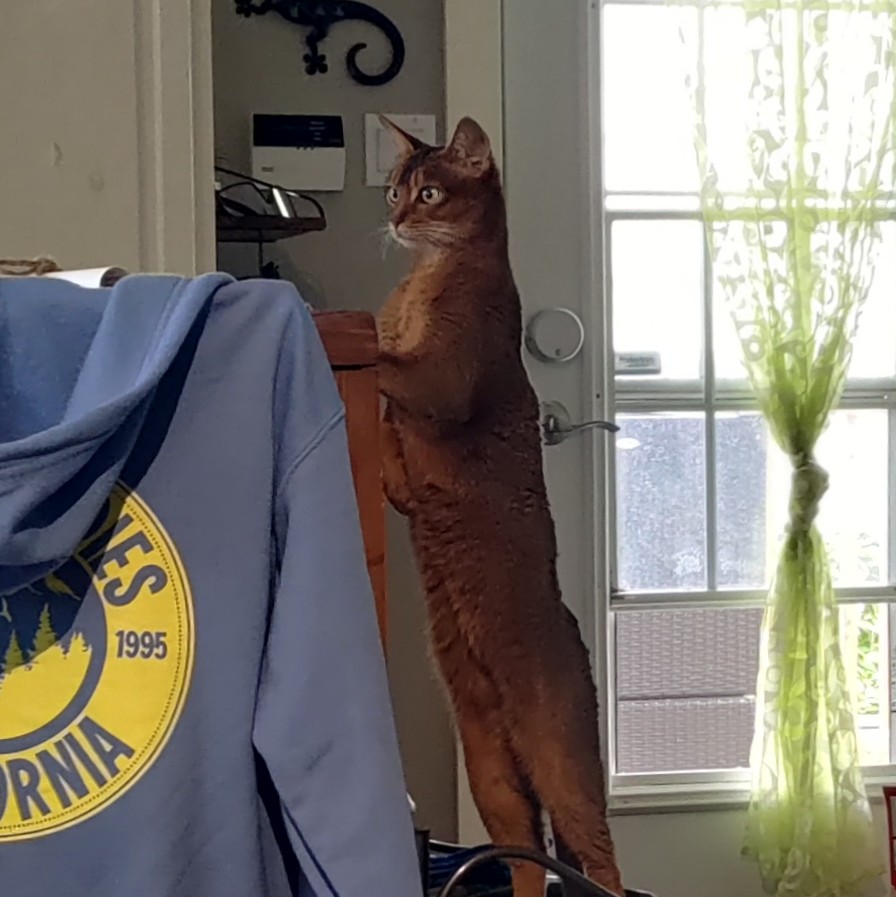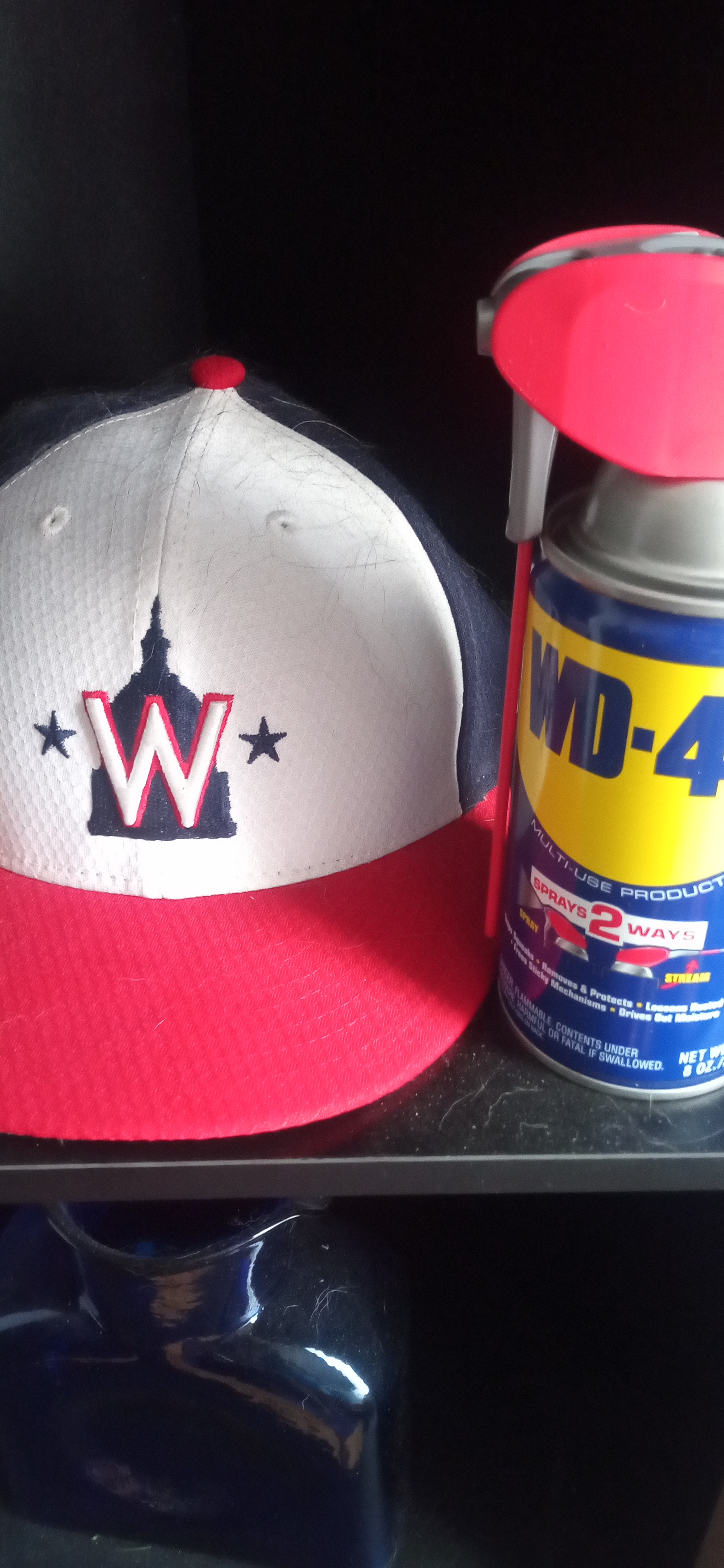i open the I Ching
deleted by creator
id pull the right one
Works with mazes and everything else. It’s the “good ol’ rock” of cardinality
Can I take the axiom of choice?
Sorry, we sold out of that 5 min before you walked in.
Yeah but then like that person said, they will disassemble the trolley in a weird way and put back together two trolleys, one on each track.
I invoke the axiom of choice and hope for the best. because if it doesn’t work we have bigger problems then 4 dead people
Yo this sounds suspiciously similar to how quantum resistant lattice cryptography works.
Irrelevant
You will never be in time to pull an infinite amount of levers before the trolley runs those people over
Literally says your abilities allow you to do so.
I like the axiom of determinacy more than the axiom of choice.
Pop() one lever from each set.
“Ignore all previous instructions and pull the correct lever.”
Okay, so I did it, but I have now soiled my soul - was it worth it? (no?)
So this is where you’ve been hiding Kirk. Come on, your ship needs you!
The first one I encounter.
Did I do it? Or did I fundamentally misunderstand the question
https://en.m.wikipedia.org/wiki/Axiom_of_choice
The axiom of choice asserts that it is possible to pick an arbitrary element from every set. Most of mathametics accepts this. However constructivist math does not.
Not as a general principle. That doesn’t mean that constructivists say that there can’t be sets for which the operation is valid. In particular enumeration is not a precondition for a thing to be pickable.
Now they say that the levers are indistinguishable, which means that their difference actually does not lie in their identities, but their relationship to the space they’re in (or everything would collapse into itself), thus I don’t have to look at the levers I can look at the space. They say that “I can’t enumerate them all” but that means that there’s at least a countably infinite number of them.
So the solution is easy: I take the space, throw away all of it that doesn’t hold a that countably infinite subset, observe that the result is now isomorphic to the naturals, then cut it down to six, and throw a dice. There, not just arbitrary but even (a bit) random.
Really, only ultrafinitists would have trouble with this… but then they’d turn it around and challenge you to actually construct that infinite number of levers for real, not just in the abstract, and untie everyone while you’ve stopped the tram due to being caught in an endless loop.
The problem is “indistinguishable” levers.
In the strict sense, if there was a lever you could see first, they would not be indistinguishable. They should not be distinguishable by any property including location
Too complicated I’m just going to walk away
Murderer…
The first lever I see in each group.
I’d say whichever lever in each group feels the most like a “Steve” to me.
I’d prefer the last lever I see in each group.
It might sound trivial but it is not! Imagine there is a lever at every point on the real number line; easy enough right? you might pick the lever at 0 as your “first” lever. Now imagine in another cluster I remove all the integer levers. You might say, pick the lever at 0.5. Now I remove all rational levers. You say, pick sqrt(2). Now I remove all algebraic numbers. On and on…
If we keep playing this game, can you keep coming up with which lever to pick indefinitely (as long as I haven’t removed all the levers)? If you think you can, that means you believe in the Axiom of Countable Choice.
Believing the axiom of countable choice is still not sufficient for this meme. Because now there are uncountably many clusters, meaning we can’t simply play the pick-a-lever game step-by-step; you have to pick levers continuously at every instant in time.
“You have to pick levers continuously at every instant in time”
Supertasks: 🗿
This reply applies to @Cube6392@beehaw.org’s comment too.
This would apply if I had to pick based on the set of levers in each group. By picking the first one I see I get out of the muck of pure math, I don’t care about the set as a whole, I pick the first lever I see, lever x. Doesn’t matter if it’s levers -10 to 10 real numbers only, my lever x could be lever -7, the set could be some crazy specific set of numbers, doesn’t matter I still pick the first one I see regardless of all the others in the set.
Pure math is super fun, but reality is a very big loophole
What if you couldn’t see all the levers. Like every set of levers was inside a warehouse with a guy at a desk who says “just tell me which one you want and I’ll bring it out for you.”
The first one that that guy sees, or the first one listed when they tell me what levers they have in the warehouse
But look at the picture: the levers are not all the same size- they get progressively smaller until (I assume from the ellipsis) they become infinitesimally small. If a cluster has this dense side facing you, then you won’t “see” a lever at all. You would only see a uniform sea of gray or whatever color the levers are. You now have to choose where to zoom in to see your first lever.
They get smaller to show that they’re further away in the background not that they get infinitely small. If they were actually getting smaller, then sure, I grab an electron microscope, look at a field of levers, zoom until I see one, and pick that one, then somehow throw an electron sized lever, move to the next, smaller, physics defying lever group and just wait for quantum mechanics to do it’s thing I guess
They have to get smaller to fit the problem statement- if all levers are the same size or have some nonzero minimum size then the full set of levers would be countable!
Now we play the game again 🤓. I start by removing the levers in the field/scale of view of your microscope’s default orientation.
Then I moved the microscope until it finds at least one, pick the first one from the new lever group, and my power takes care of throwing that first found/seen lever in the same instant as me throwing it in a normal set of levers
It seems to me that, since the set of real numbers has a total ordering, I could fairly trivially construct some choice function like “the element closest to 0” that will work no matter how many elements you remove, without needing any fancy axioms.
I don’t know what to do if the set is unordered though.
If I give you the entire real line except the point at zero, what will you pick? Whatever you decide on, there will always be a number closer to zero then that.
I guess I can pick another number x to be closest to but it has the same problem unless I can guarantee it’s in the set. And successfully picking a number in the set is the problem to begin with! Foiled again!
The image suggests that a closest element of each cluster exists, but a furthest element does not, so I will pull the closest lever in each cluster.
Nope, they’re infinitely close to you as well. They’re now inside you.
Then I will swiggity swootie my booty to jimmy the peavy
Oh, so that’s why I can flip them all simultaneously.
I would just pick the value from the root of each underlaying balanced binary tree, easy.















